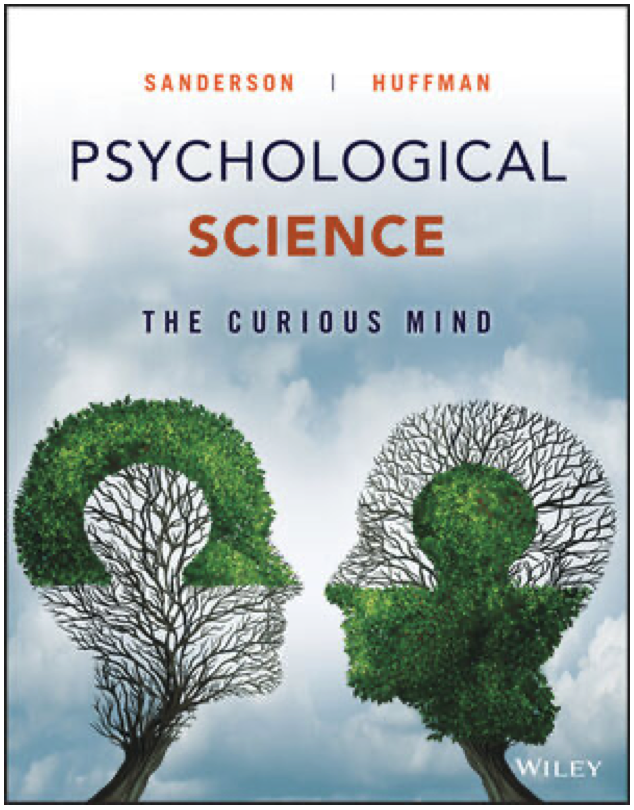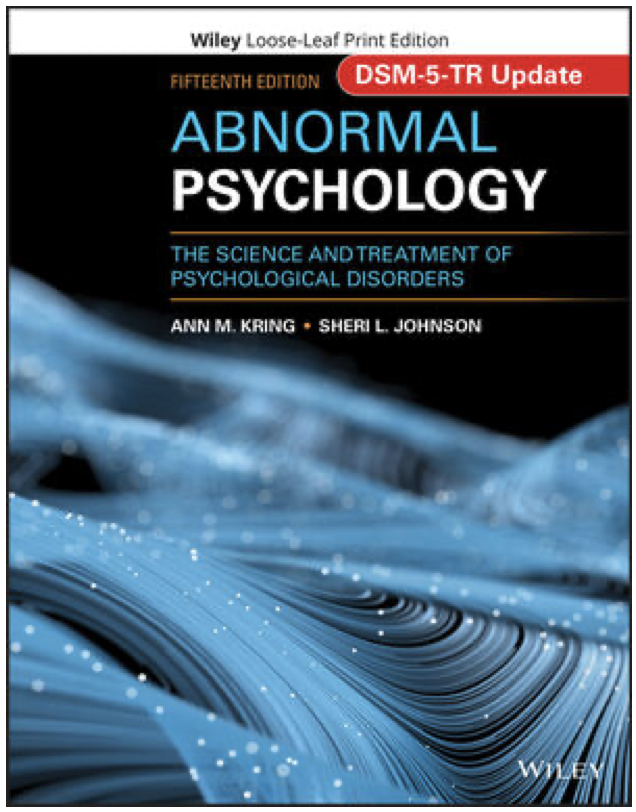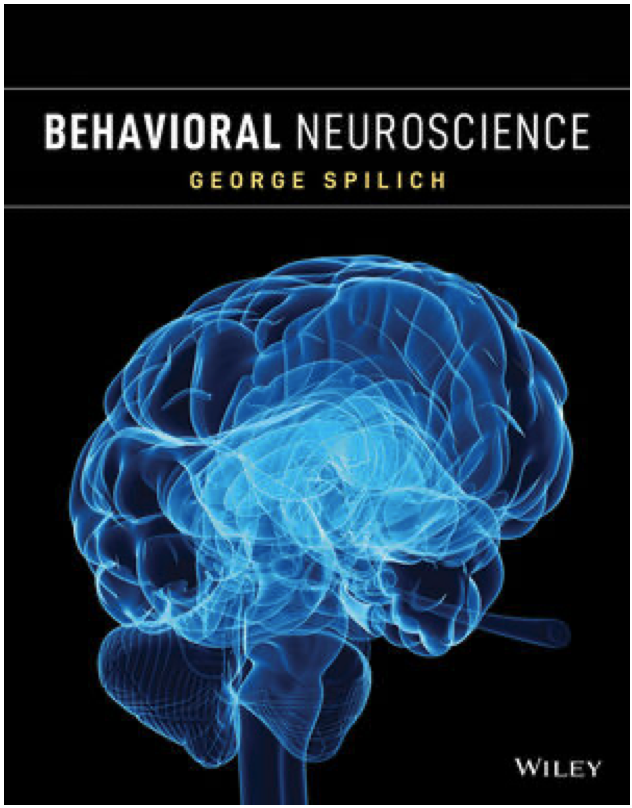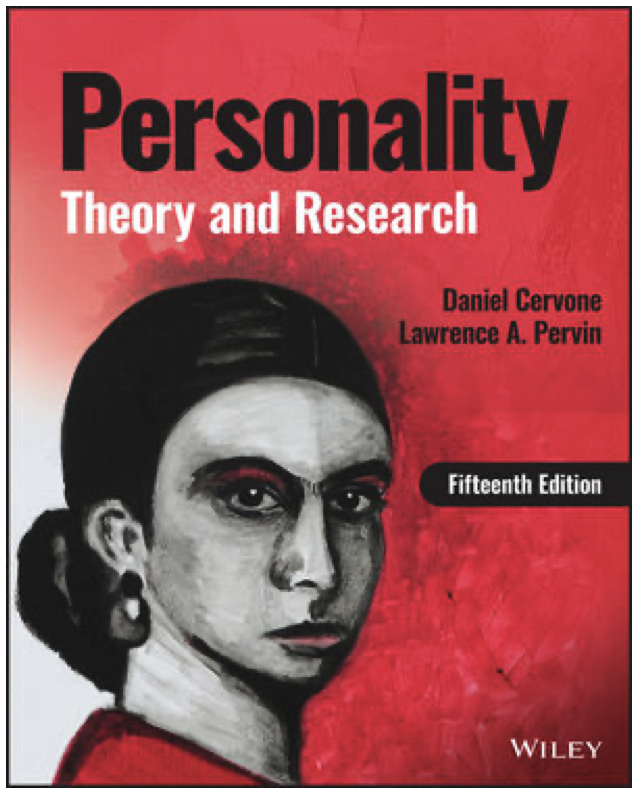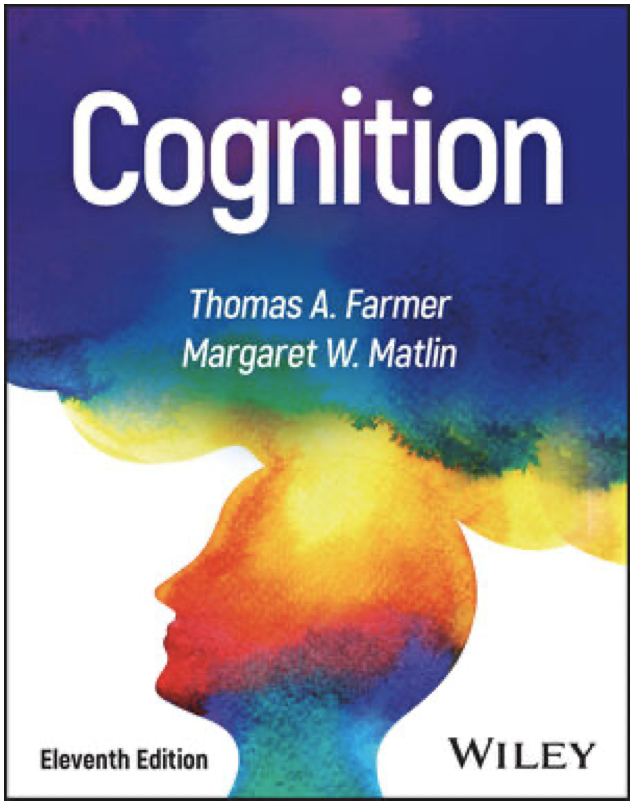3 ARTICLES ON THE USE/MISUSE OF MEDICATIONS IN ADHD TREATMENT
TITLE
ARTICLE #1: Generation Adderall
DESCRIPTION
This is an extensive first person account on using and abusing Adderall beginning in the author’s college life. She provides the history of prescribing drugs for ADHD, the biological mechanisms of how the drugs affect the brain, body, and cognition. In the article the author provides the actual statistics from a number of surveys about the drug use. “Adderall has now become ubiquitous on college campuses, widely taken by students both with and without a prescription. Black markets have sprung up at many, if not most, schools. In fact, according to a review published in 2012 in the journal Brain and Behavior, the off-label use of prescription stimulants had come to represent the second-most-common form of illicit drug use in college by 2004. Only marijuana was more popular.” Students who are interested in a “case study” approach will find this extremely interesting and informative.
SOURCE
New York Times, October 12, 2016, by Casey Schwartz
LINK TO RESOURCE
(Tiny URL) http://tinyurl.com/jhxyb83
TITLE
ARTICLE #2: Misuse of Stimulants by College Students
DESCRIPTION
The author discusses a recent study that looked at students who misuse stimulants (not medically prescribed) vs those who did not abuse these drugs (control group); the methodological problems of the study are discussed also. “Prescription stimulants are often helpful in the treatment of attention deficit hyperactivity disorder (ADHD). However, there are a significant number of college students not being treated for this disorder who obtain and misuse these drugs….Some students misuse these drugs to get an added boost of energy in order to help them study longer. Some use these drugs purely for recreational purposes.” The user group was found to also qualify for a DSM -IV diagnosis of alcohol abuse as well as showing undiagnosed symptoms of ADHD and had a higher incidence of conduct disorders as reported.
SOURCE
Psychology Today, October 24, 2016, by Eugene Rubin M.D., Ph.D.
LINK TO RESOURCE
(Tiny URL) http://tinyurl.com/zdmw49p
TITLE
ARTICLE #3: Misuse Of ADHD Drugs By Young Adults Drives Rise In ER Visits
DESCRIPTION
This NPR health news report discusses the “misuse” of stimulant drugs. Several studies are briefly discussed regarding the problems of using the drugs. “A common scenario is this: A person who has been prescribed ADHD drugs gives or diverts pills to a friend or family member who may be looking for a mental boost, perhaps to cram for a final or prepare a report.….Overall, the study found that nonmedical use of Adderall and generic versions of the drug increased by 67 percent among adults between 2006 and 2011. The findings are based on data from the National Survey on Drug Use and Health.” The report concludes with stating that many young adults who end up in an emergency room claim not to have known the serious side effects of the drugs.
SOURCE
Shots Health News From NPR, February 16, 2016, by Allison Aubrey
LINK TO RESOURCE
(Tiny URL) http://tinyurl.com/jo3ngn9
CLASS DISCUSSION QUESTIONS
*Begin with a brief discussion of ADD and ADHD including medications used for treatment of these conditions.
•Ask the students if they know someone who takes the medications as prescribed for the conditions. Ask if they know of individuals who take the drugs without a prescription. NOTE: Preamble before this discussion and have the students not self-identify but rather say something like “I know someone who…”
•What are the problems and side effects of the stimulant drugs?
•Is it possible that abusers are actually self-medicating? (non diagnosed ADHD)
•Are there alternatives to the use of the medications to treat ADD and/or ADHD?


